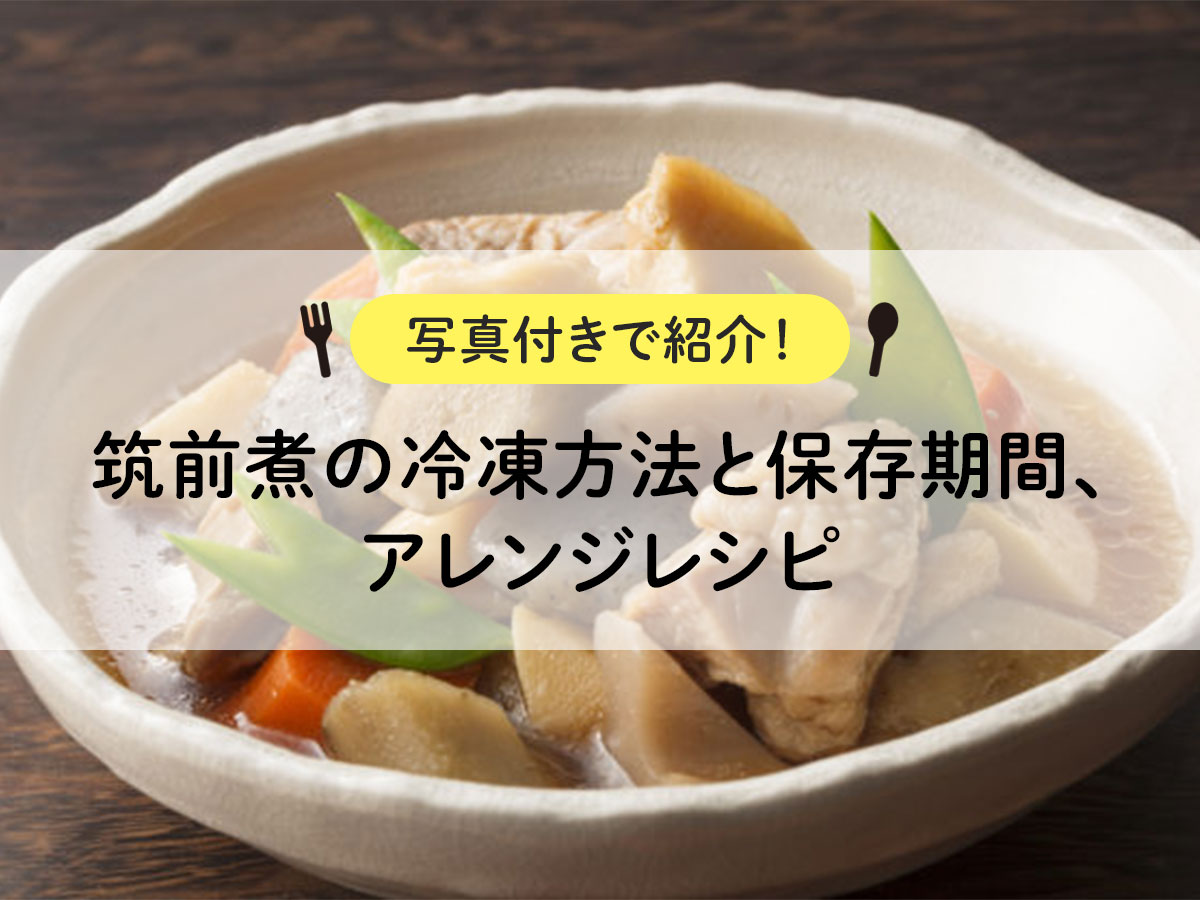[Rapid defrosting or slow defrosting] Unsure of which method? Read the complete guide on how to defrost
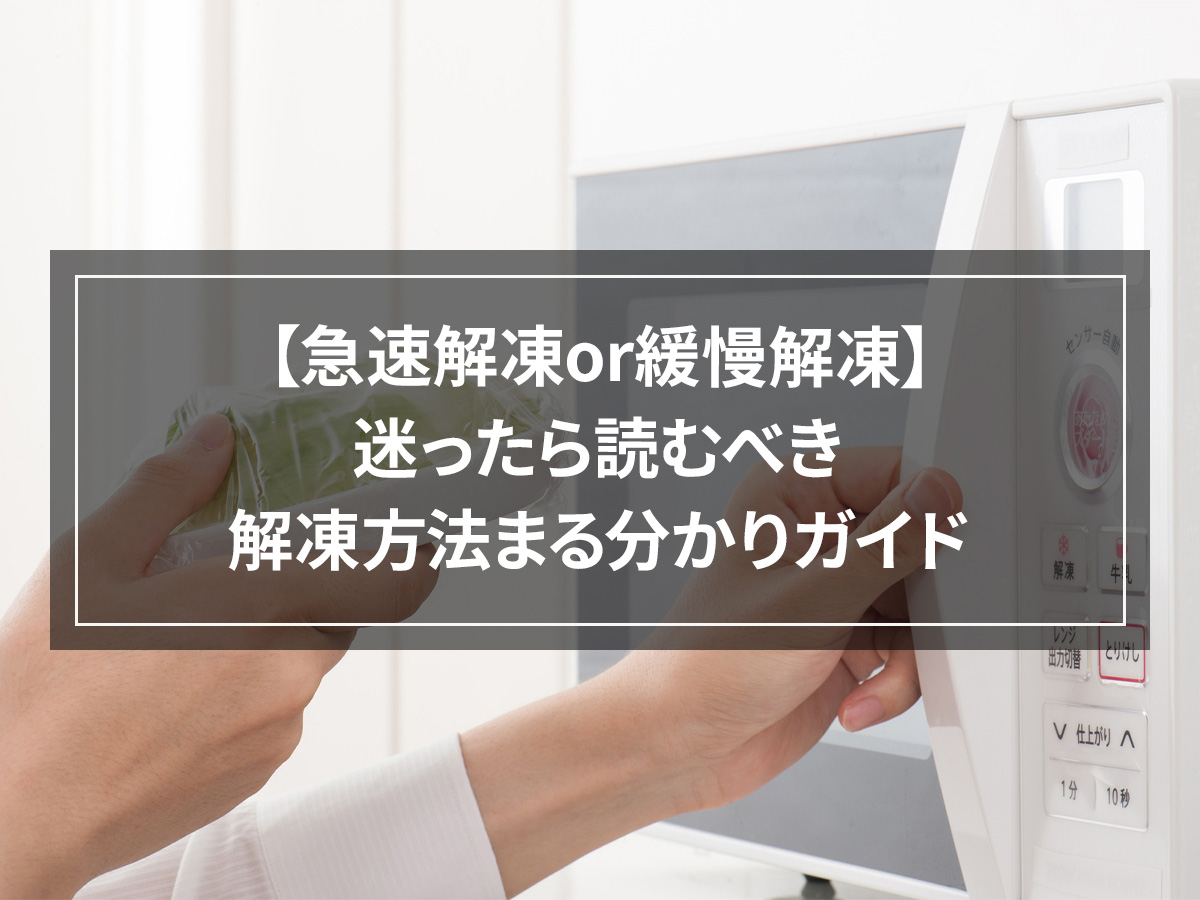
This is a problem that many people worry about.
In conclusion, the optimal thawing method varies depending on the food and purpose.
There are slow thawing methods such as room temperature thawing, low temperature thawing, and running water thawing, and rapid thawing methods such as microwave thawing.
If you defrost the food incorrectly, it will lose its flavor and deliciousness.
In order to avoid mistakes, I would like to introduce the foods that are suitable for each thawing method and precautions.
目次
- 1 How to thaw frozen food
- 2 Foods suitable for each thawing method and precautions
- 2.1 Foods suitable for thawing at room temperature and precautions
- 2.2 Foods suitable for low temperature thawing and precautions
- 2.3 Foods suitable for thawing under running water and precautions
- 2.4 Foods suitable for thawing in the microwave and precautions
- 2.5 Foods suitable for heating and thawing and precautions
- 3 Conclusion
How to thaw frozen food
The methods of thawing frozen foods can be broadly divided into slow thawing and rapid thawing.
Slow thawing refers to thawing methods such as room temperature thawing, low temperature thawing, and running water thawing.
Rapid defrosting refers to a method of defrosting food quickly by applying heat, such as defrosting in a microwave.
Slow thawing or rapid thawing is not necessarily better; each thawing method has its own characteristics: thawing at room temperature, thawing at low temperature, thawing under running water, and thawing in the microwave.
I will briefly explain how to unzip it.
Defrosting at room temperature is the easiest way to thaw food, just take it out of the freezer.
Although it can be defrosted in a short time, it is not suitable for perishable foods as there is a risk of food poisoning.
Low-temperature thawing is suitable for thawing perishable products because it can be thawed without compromising quality. Refrigerator thawing is a simple and common method of low-temperature thawing.
Since the temperature inside the refrigerator is stable, you can thaw the food while preserving its quality.
However, it has the disadvantage of being time consuming.
Thawing under running water is a thawing method in which the food you want to defrost is placed in a plastic bag, sealed, and exposed to running water. Liquid has a higher thermal conductivity than air, so it can be melted quickly.
Since it can thaw faster than low-temperature thawing, it is suitable for thawing fresh products that take time to thaw, such as thick seafood and chunks of meat.
Defrosting food in the microwave is extremely fast, so it's a great way to defrost food when you don't have much time.
If you use a microwave oven that does not have a defrost function, it will defrost food at a low wattage of 500W.
Depending on the functionality of your microwave, it may be difficult to defrost food evenly, resulting in uneven thawing.
There is also a heating thawing method that allows you to thaw and cook food at the same time.
Foods suitable for this purpose can be heated while frozen, such as boiling, baking, or stir-frying, so they can be cooked without the time and effort of thawing them.
Foods suitable for each thawing method and precautions
There are different thawing methods suitable for different foods and purposes, so we will introduce them in detail, including precautions.
Foods suitable for thawing at room temperature and precautions
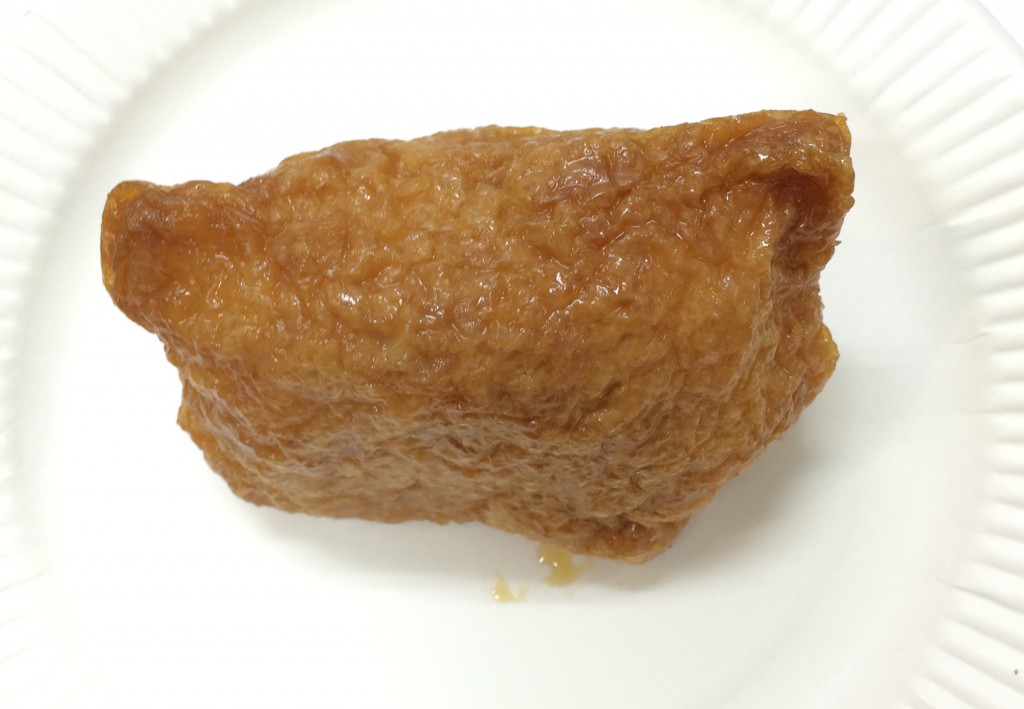
Foods that are suitable for thawing at room temperature are those that are thawed and eaten as is, and those that are not affected much by thawing.
・Processed products: fried tofu, salted fish, etc.
・Condiments: wasabi, ginger, garlic
・Sweets: sponge cake, daifuku, etc.
・Blanched vegetables: boiled edamame, boiled fava beans
・Sauce, sauce...sesame sauce, teriyaki sauce
If you leave it at room temperature for a long time, it will thaw too much, so be careful.
Also, the room temperature is around 20°C to 25°C, which is the temperature range where bacteria can easily grow.
Especially in the summer, when the room temperature gets high and there is a risk of food poisoning, it is better to refrain from eating if you are concerned about this.
Some foods may be dangerous from a sanitary standpoint, and thawing raw meat and seafood at room temperature is not recommended.
One trick to defrosting food quickly is to place the food you want to defrost on a metal tray. By using a metal tray with high thermal conductivity, it can be melted quickly.
Foods suitable for low temperature thawing and precautions

Foods that are suitable for low-temperature thawing are perishables whose freshness and quality tend to deteriorate.
・Processed meats: beef tataki, miso-marinated chicken, etc.
・Fish: mackerel fillet, salmon fillet, seafood for sashimi
・Fish processing products: kettle-fried whitebait, salmon furikake, pickled lees
Thawing at low temperatures prevents bacterial growth and over-thawing, allowing you to thaw without compromising quality.
Refrigerator thawing, which is a common low-temperature thawing method, has an internal temperature of 2°C to 5°C. Since it is possible to maintain a low temperature at all times, the quality of the food can be maintained and it can be kept refrigerated for 1 to 2 days.
However, it takes time, so it is difficult to unzip and use immediately. Depending on the size, it may take 8 to 24 hours to thaw.
Another low-temperature thawing method is to use ice water.
Since liquid has a higher thermal conductivity than air, defrosting with ice water can thaw food faster than defrosting with a refrigerator.
Ice water has the property of keeping food at a temperature of around 1℃, so it can be used to efficiently thaw food at a temperature just below the point where it melts.
It is especially recommended for defrosting crabs and seafood for sashimi, which tend to lose their freshness. The flavor will deteriorate if it comes into contact with water, so thaw it in an airtight bag.
Foods suitable for thawing under running water and precautions
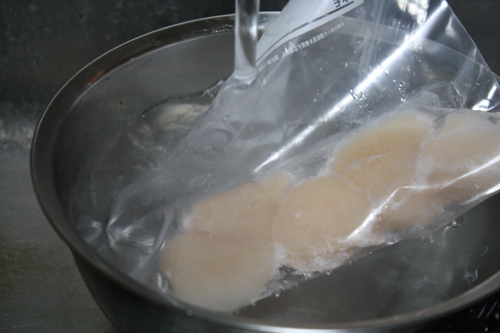
Source: http://4kiaomori.blog95.fc2.com/blog-entry-191.html
Foods suitable for thawing under running water are large, thick, and perishable items that take time to thaw. It is also suitable when you want to defrost a large amount of food or when you want to defrost it in a short amount of time.
・Large processed meats...roasted chicken, etc.
・Large amounts of seafood: fenced fish, shrimp for sashimi, squid, etc.
・Large processed fish...Seared bonito, minced shrimp, etc.
Low-temperature thawing is best for thawing perishable products, but thawing under running water is more suitable for foods that take a long time to thaw or if you want to thaw them quickly.
Any type of food will lose its flavor and texture if exposed to direct water, so it must be thawed in a sealed bag. Water has a higher thermal conductivity than air, so it can dissolve quickly.
The temperature of tap water changes depending on the season, ranging from below 10 degrees Celsius in winter to over 20 degrees Celsius in summer.
Since the water temperature changes drastically, you can prevent it from thawing too much by keeping an eye on it. Depending on the size of the food, the approximate thawing time is 10 to 30 minutes.
It's best to cut sashimi when it's partially thawed, and season fish and meat when it's partially thawed, so you can bring out the flavor even more if you take it out when it's partially thawed.
In addition, for seafood that has been frozen in bulk and is to be eaten raw, we recommend thawing it in salt water.
Make approximately 1% salt water and soak the food you want to defrost.
Ideal for thawing seafood such as squid, sweet shrimp, scallops, oysters, etc. that have been frozen in bulk and treated with a glaze (ice film).
Tuna fence can be made delicious by adding about 3% salt to 40℃ warm water and thawing it in warm salt water.
Soak in warm salted water for 3 minutes, then wrap in paper towels and plastic wrap and transfer to the refrigerator. It prevents discoloration and allows you to eat it in good quality.
Foods suitable for thawing in the microwave and precautions
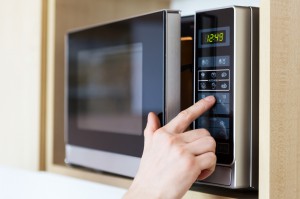
Foods that are suitable for thawing in the microwave are foods that have already been cooked or foods that need to be thawed and then heated. It is also suitable if you want to defrost it quickly.
・Cooked items: soups, boiled dishes, stir-fried dishes, etc.
・Starchy foods: rice, bread
It is convenient because it can be thawed in a short time, but if you apply too much heat, it can cause over-thawing, uneven thawing, dryness, and drips.
Defrosting raw meat or seafood in the microwave is not recommended, but it is an effective method when you are short on time or in a hurry.
When defrosting raw meat or seafood in the microwave, be careful to keep an eye on the food and heat it until it is half-thawed.
A microwave oven heats food using electromagnetic waves called microwaves, but one of the characteristics of microwaves is that it is difficult to heat ice, but it is easy to heat water.
As a result, only the dissolved water is heated, resulting in uneven thawing.
Wrapping it in a paper towel will absorb any dissolved moisture, making it easier to cook evenly.
Foods suitable for heating and thawing and precautions
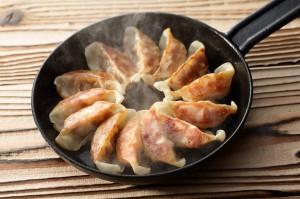
Foods that are suitable for heating and thawing are those that are cooked immediately after thawing. You can defrost and cook at the same time.
・Cooked items: meatballs, shumai, gyoza, fried rice, pilaf, croquettes, etc.
Most frozen vegetables are already blanched, so if you want to use them as an ingredient in soups or stir-fries, you just need to quickly cook them.
On the other hand, if you overcook it, the flavor will escape and the texture will become too soft.
When grilling or stir-frying foods such as gyoza, use a large amount of oil and cook slowly.
Additionally, deep-fried foods that have been frozen with batter on them will become mushy and difficult to handle once thawed, so they will fry more beautifully if they are frozen.
If you fry at a low temperature of 160℃ to 180℃, the fire will penetrate through and fry well.
Conclusion
There are various thawing methods, each with their own merits and suitable foods.
Frozen foods include a wide variety of delicious prepared foods, as well as seafood and meat that are as high quality as fresh foods.
In order to enjoy delicious food in a delicious state, we recommend choosing the most suitable thawing method for the food.








![[Storage period increased by 30 times! ] Achieving a stable supply of raw whitebait!](https://shunkashutou.com/wp-content/uploads/2016/11/579c55e6d32e1385c250e8e7c3ed59a71.jpg)
![[Sales increased 100 times! ] rapid freezing the signature menu “Ni-katsu sandwich”!](https://shunkashutou.com/wp-content/uploads/2016/11/IMG_02391.jpg)
![[Horse sashimi] We have significantly reduced waste loss with rapid freezer!](https://shunkashutou.com/wp-content/uploads/2016/11/5fda59d0cbcdabde18e58c3c58c09ed0.jpg)




![[Storage period increased from 3 days to half a year! ] Restaurants are expanding their business using wholesale and mail order!](https://shunkashutou.com/wp-content/uploads/2018/04/66c19942ab4ba346fdb64ccc04cde373.png)
![[Reduce loss from 200 kg of oysters to zero] Improve loss and expand business with rapid freezer](https://shunkashutou.com/wp-content/uploads/2018/06/19785ca583a8d3c4041c7c192d041b0d.jpg)















![How to freeze bitter gourd and 5 recipes! [Explanation with photos! ]](https://shunkashutou.com/wp-content/uploads/2023/09/8fe0cb793c93d4fd4c26f352d17e5b87.jpg)
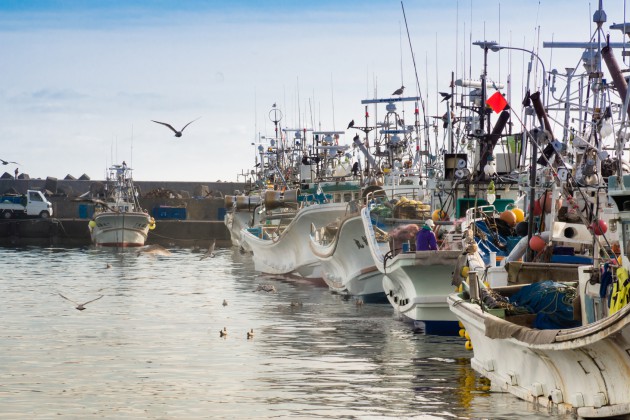

![[Increase sales! ] Three reasons why ramen restaurants should install rapid freezer](https://shunkashutou.com/wp-content/uploads/2016/04/ra-men-reitou.jpg)
![[Instant cooling at -196℃] What's up with cooling equipment that uses liquid nitrogen?](https://shunkashutou.com/wp-content/uploads/2015/07/4b219d54bd662f10cbae6ea211f612dd.jpg)
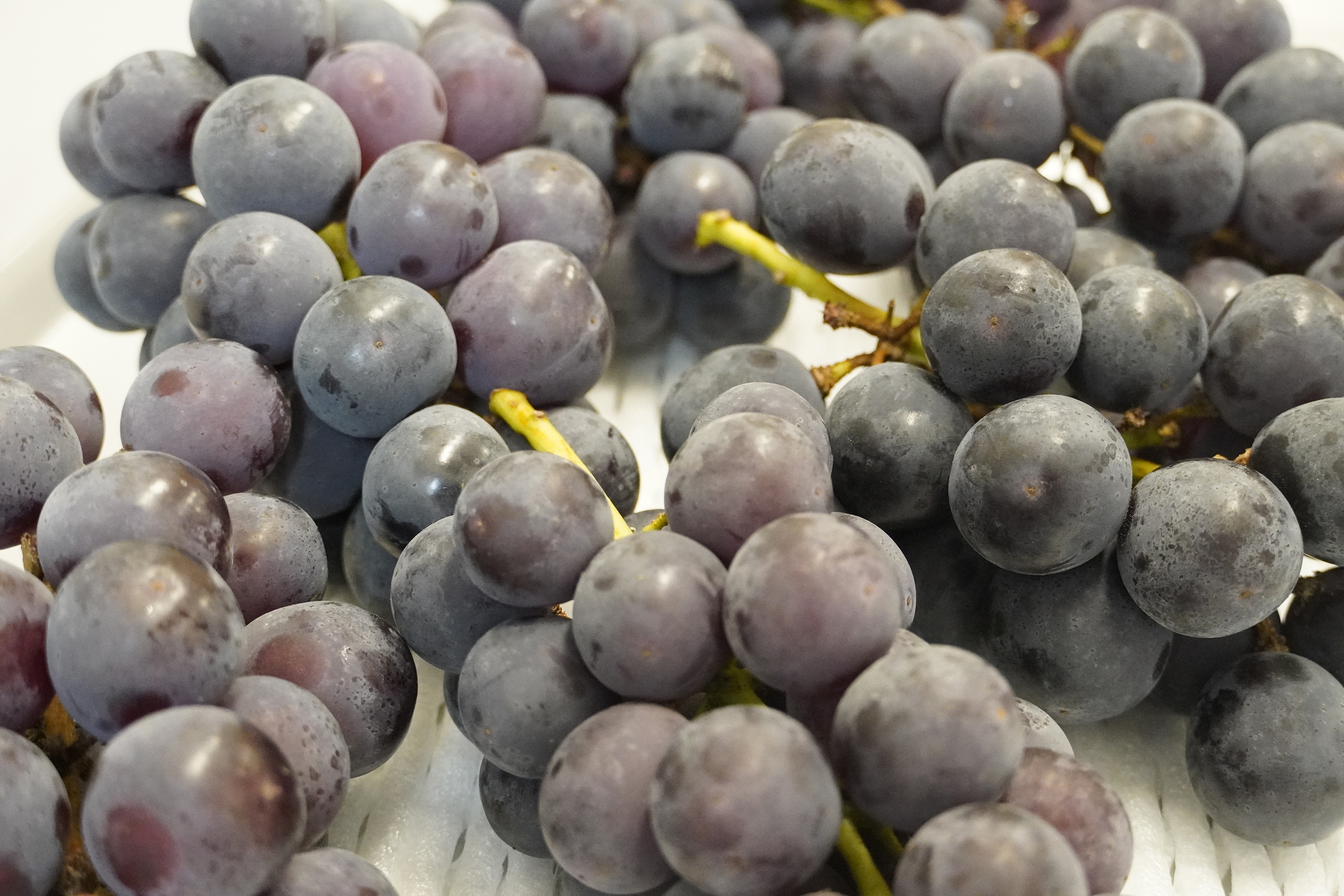
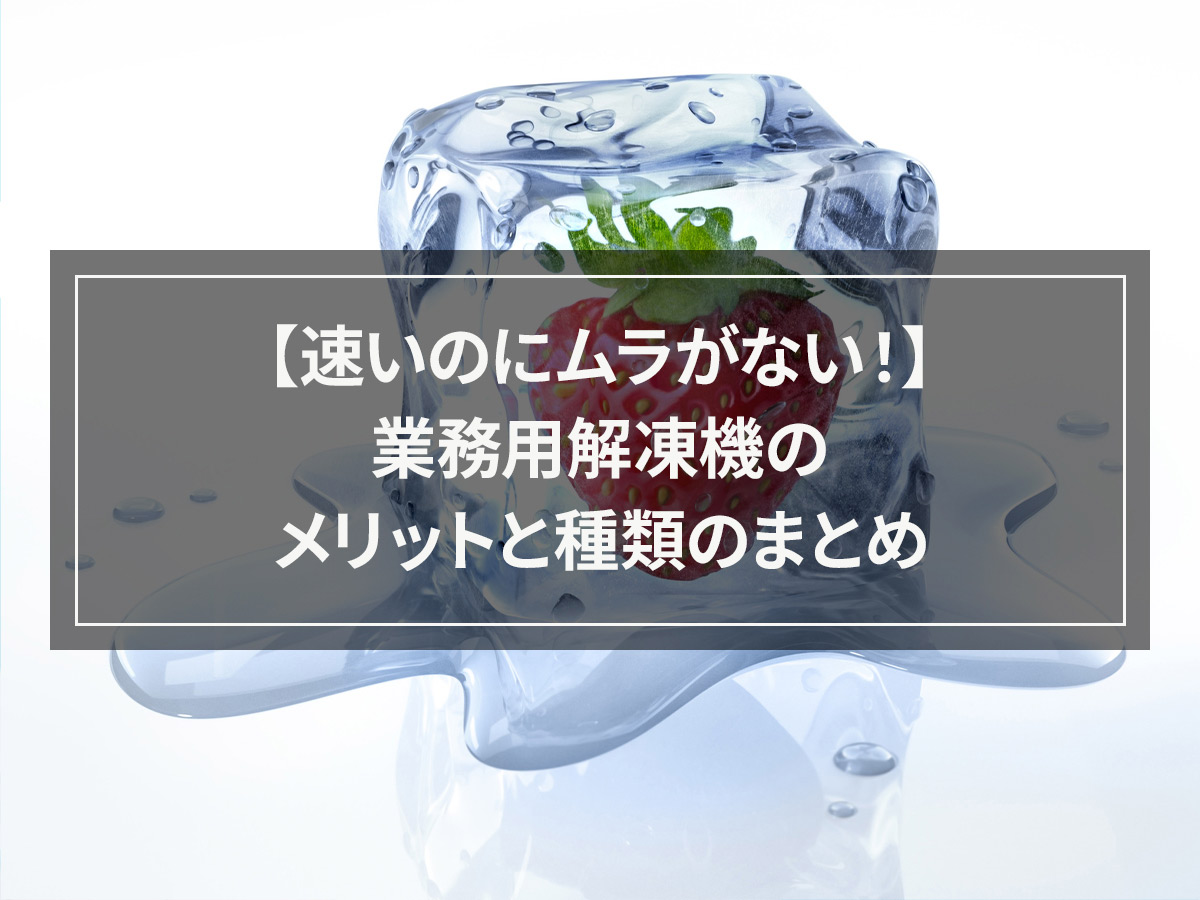
![[Guide to handling frozen chicken for commercial use] How to thaw and how long it can be used after that](https://shunkashutou.com/wp-content/uploads/2018/04/IMG_15001.jpg)
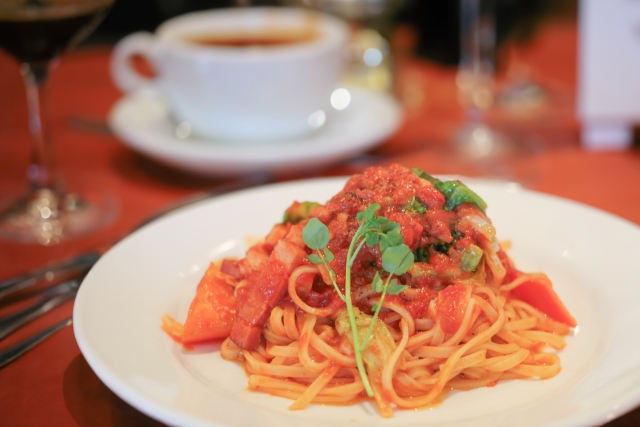
![[It's good to know! ] Introducing how to freeze curry, how long to keep it frozen, and how to thaw it |](https://shunkashutou.com/wp-content/uploads/2023/08/5de5495c896622dc896a8f23d9528300.jpg)
![[Save onions in the freezer! ] Introducing storage methods and recipes with photos](https://shunkashutou.com/wp-content/uploads/2023/10/9d2c1259f1c42d7a0e3b61af361e5da8.jpg)
![[How to freeze and store clams to improve nutrition] How to freeze and thaw clams and 5 recipes!](https://shunkashutou.com/wp-content/uploads/2023/07/ecfa61188368277d34c95d6667bf15fe.jpg)
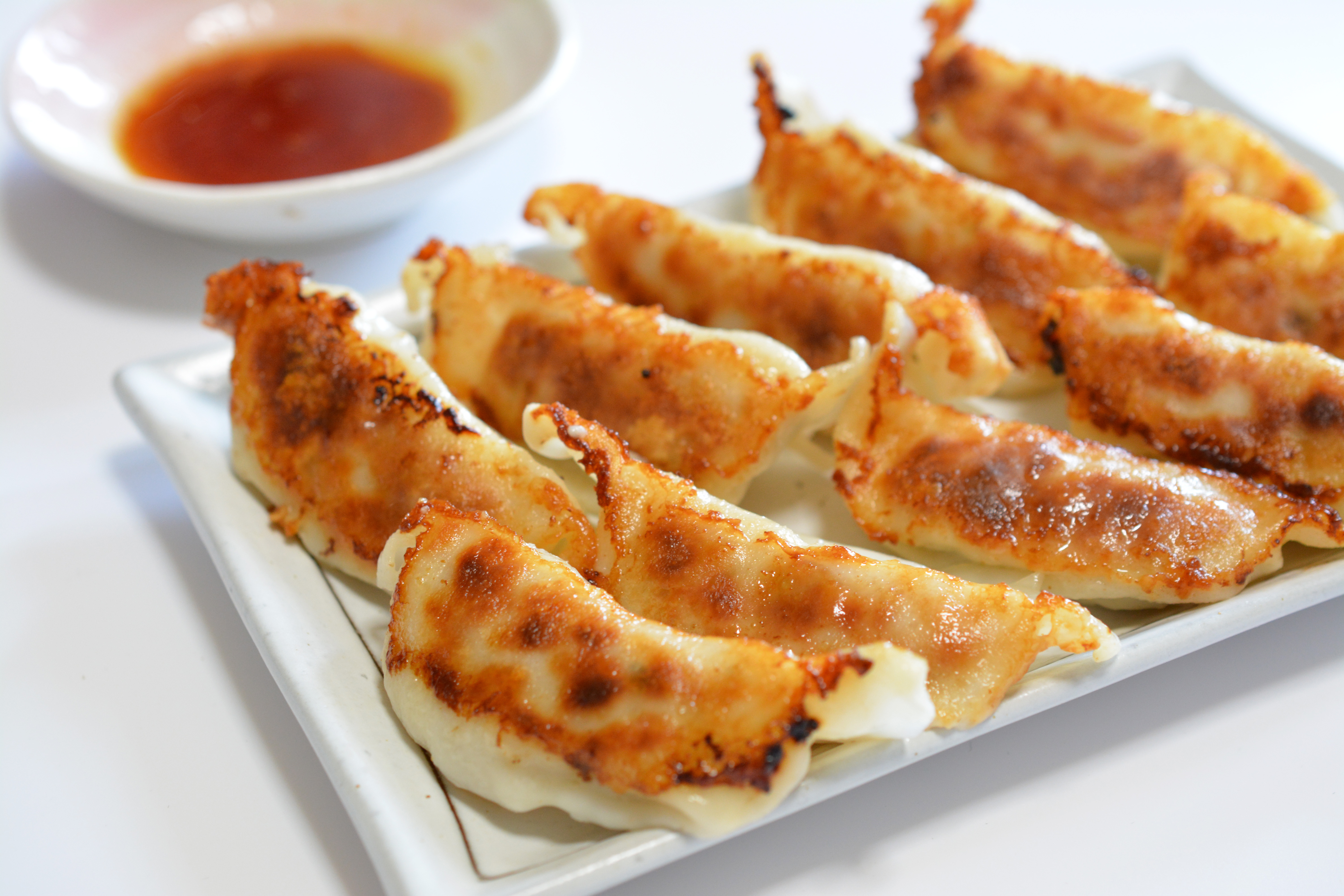
![[Can it be frozen? ] How to freeze mashed potatoes, how long they can be stored, and how to use them](https://shunkashutou.com/wp-content/uploads/2023/09/b7f3f25102051473b7c2f9452840a6f4.jpg)

![[Deliver delicious ham! ] Meat processing manufacturer’s rapid freezing implementation example](https://shunkashutou.com/wp-content/uploads/2016/02/0825c4a97ac8495fd2408a91574cede6.jpg)
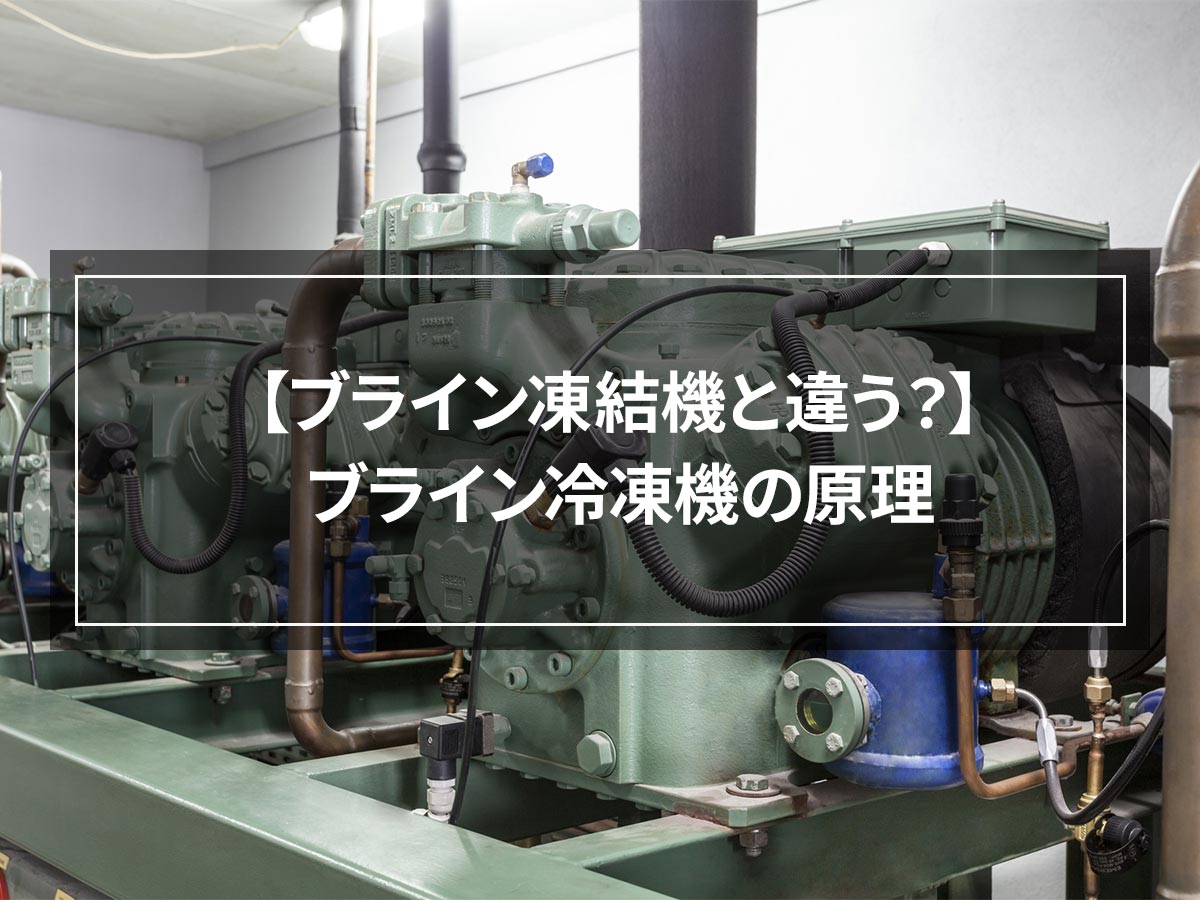
![[A must-see for restaurants that serve rice] What is rapid freezing that can preserve rice for a long time?](https://shunkashutou.com/wp-content/uploads/2021/02/rice.jpg)
![[Thorough explanation! ] What is the distribution and cold chain that maintains the quality of frozen foods?](https://shunkashutou.com/wp-content/uploads/2016/11/ed15366b2a889239b39608c181587427.jpg)
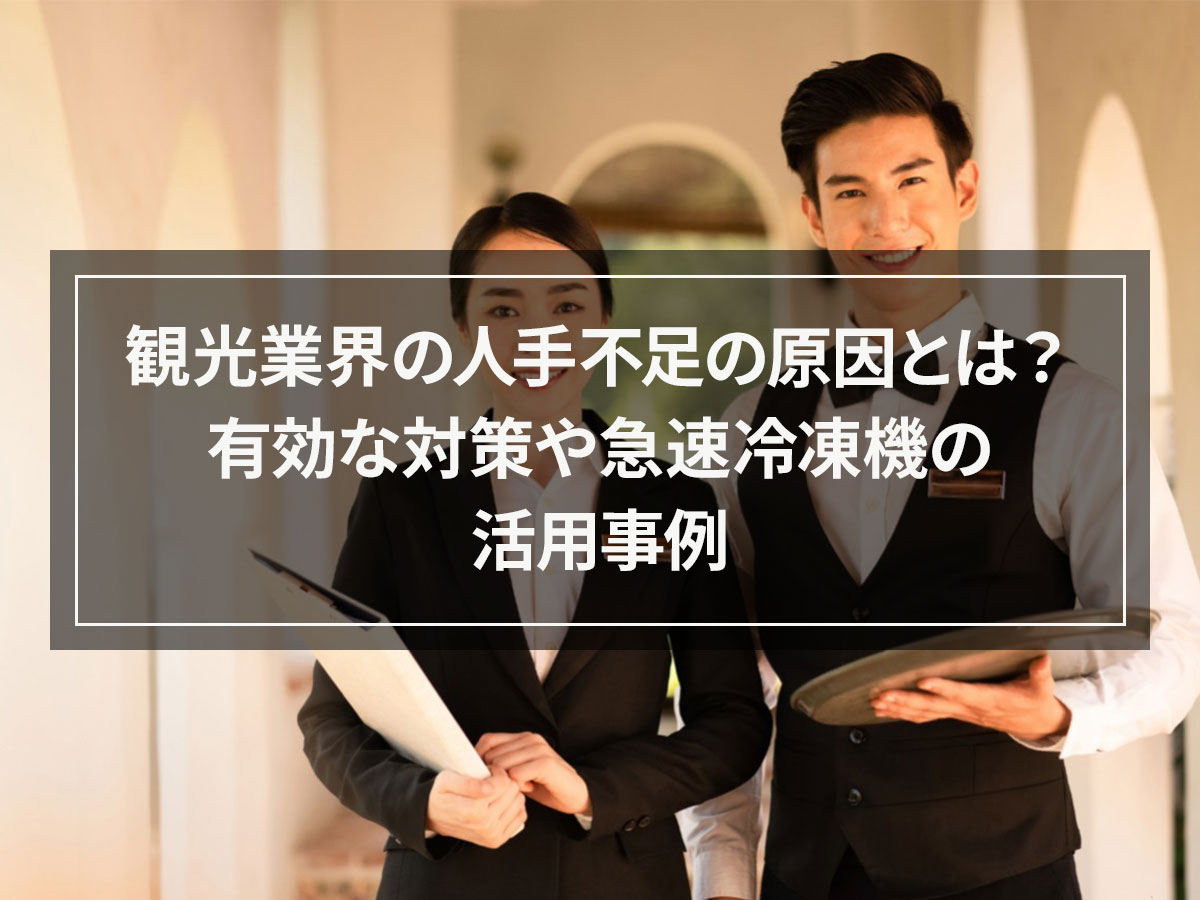
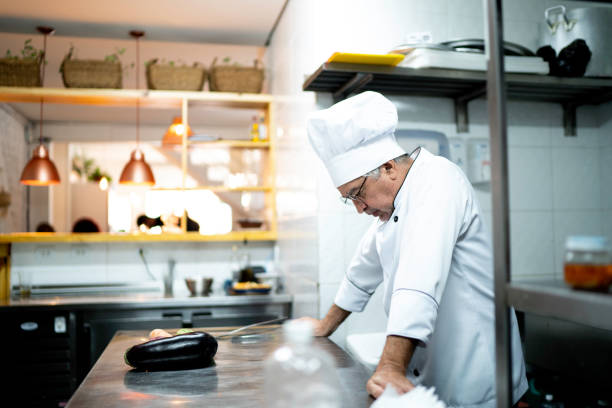
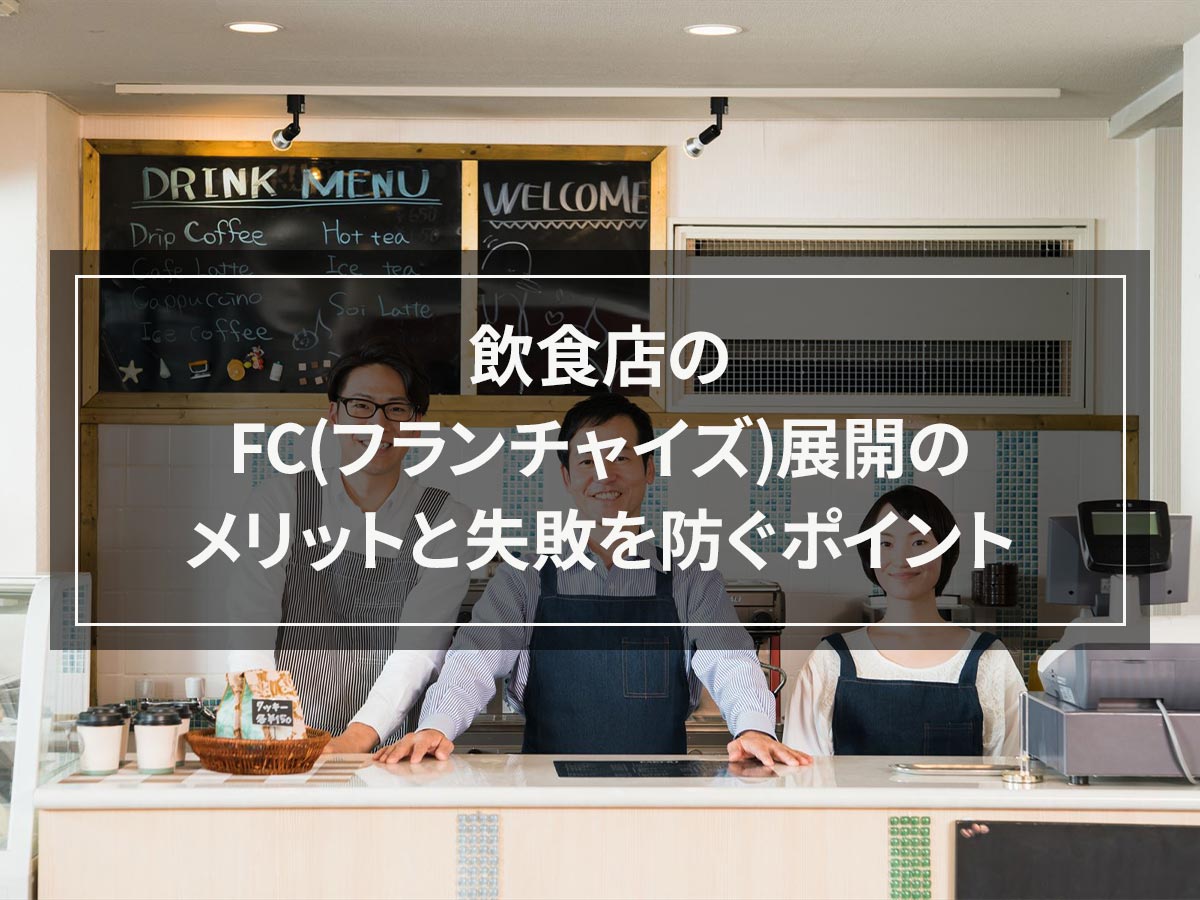
![[Osechi remake dishes too! ] Introducing the method and recipe for freezing black beans](https://shunkashutou.com/wp-content/uploads/2023/09/9bcd5b0667eef32b7c7daf786e01172f.jpg)
![[Various recipes] 3 tips for using frozen minced meat deliciously](https://shunkashutou.com/wp-content/uploads/2023/08/e9b2fc255393916ab79ea8b7fa0807d3.jpg)
![[Need to know] 7 points to thaw frozen crab deliciously](https://shunkashutou.com/wp-content/uploads/2023/08/394440560c05fb5b512d75b81a3fae4f.jpg)
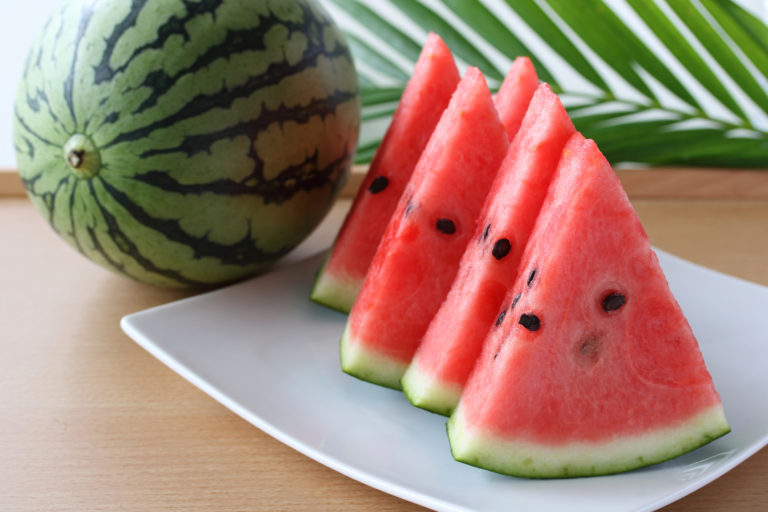
![[Thorough Guide to Preserving Sweets] Introducing the freezing method, storage period, and thawing method in detail!](https://shunkashutou.com/wp-content/uploads/2023/10/bffcbc0b6e79bb1af6e05b930e11e949.jpg)
